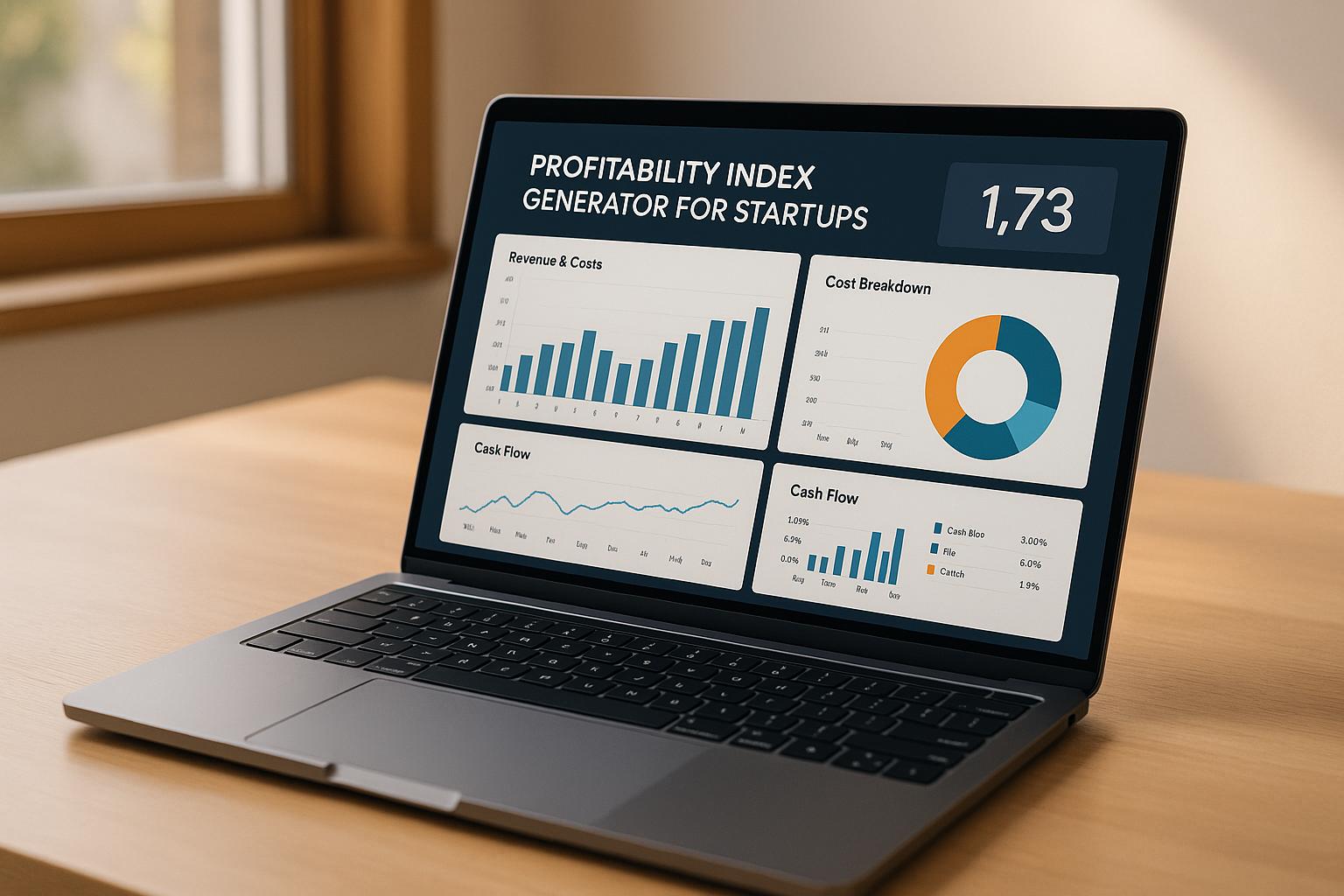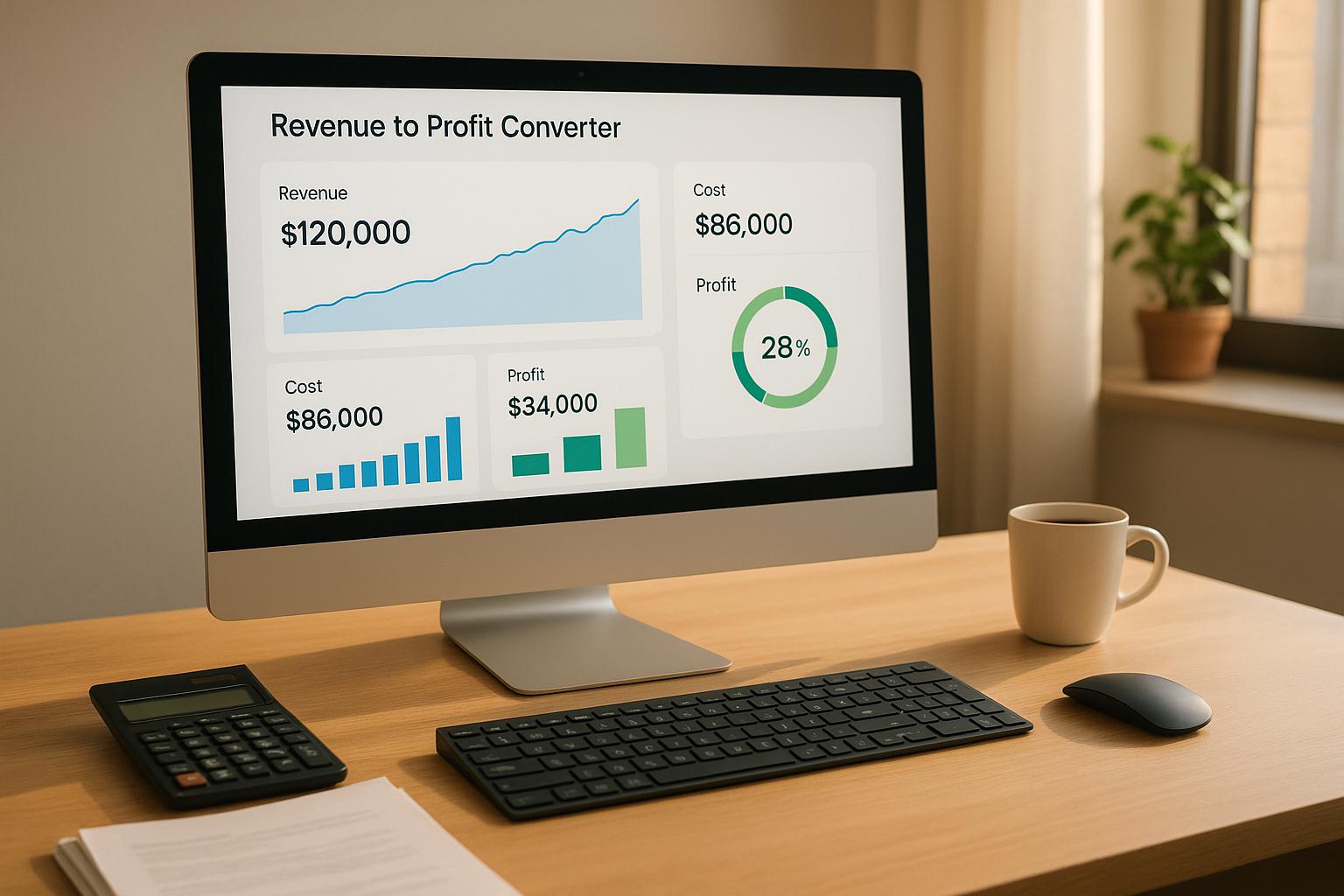Profitability Index Generator for Startups

Unlock Smarter Investments with a Profitability Index Tool
For startups, every dollar counts, and making the right investment decisions can be the difference between growth and stagnation. That’s where a tool to evaluate project returns comes in handy. By analyzing the potential returns of a project against the upfront costs, you can gain clarity on whether a venture is worth pursuing. This kind of financial insight is critical when resources are limited, and you need to focus on opportunities with the highest impact.
Why Financial Metrics Matter for Startups
Startups often operate in high-risk environments, juggling multiple projects and funding constraints. Using a reliable method to assess investment viability helps founders avoid costly missteps. Beyond just gut feelings, data-driven tools provide a clear picture of future cash flows adjusted for the time value of money. This ensures you’re not overvaluing distant returns or underestimating upfront expenses. Whether you’re pitching to investors or planning internal growth, having solid numbers to back your decisions builds confidence and credibility. So, next time you’re weighing a big move, let a financial evaluation tool guide your strategy and keep your startup on track for success.
FAQs
What exactly is a Profitability Index, and why should I care?
Great question! The Profitability Index, or PI, is a financial metric that tells you how much value you’re getting for every dollar you invest. It’s calculated by dividing the present value of future cash inflows by the initial investment. If your PI is greater than 1, it means the project is likely to be profitable—basically, you’re getting more back than you put in. For startups, this is a handy way to prioritize projects when funds are tight.
What discount rate should I use for my calculations?
The discount rate can feel tricky, but think of it as the rate of return you could earn elsewhere—like on a safe investment. It often reflects your cost of capital or an expected return rate. For startups, it might range from 8% to 15% depending on risk and industry. If you’re unsure, start with a conservative estimate or consult with a financial advisor to pick a rate that matches your business context.
What happens if I enter negative values or a zero discount rate?
Don’t worry, we’ve got you covered. Our tool includes error handling to catch invalid inputs like negative investment amounts or cash inflows, since those don’t make sense in this context. If you enter a zero discount rate, it’ll flag that too—because a zero rate messes up the time value of money calculation. You’ll get a friendly prompt to correct your inputs and try again.




